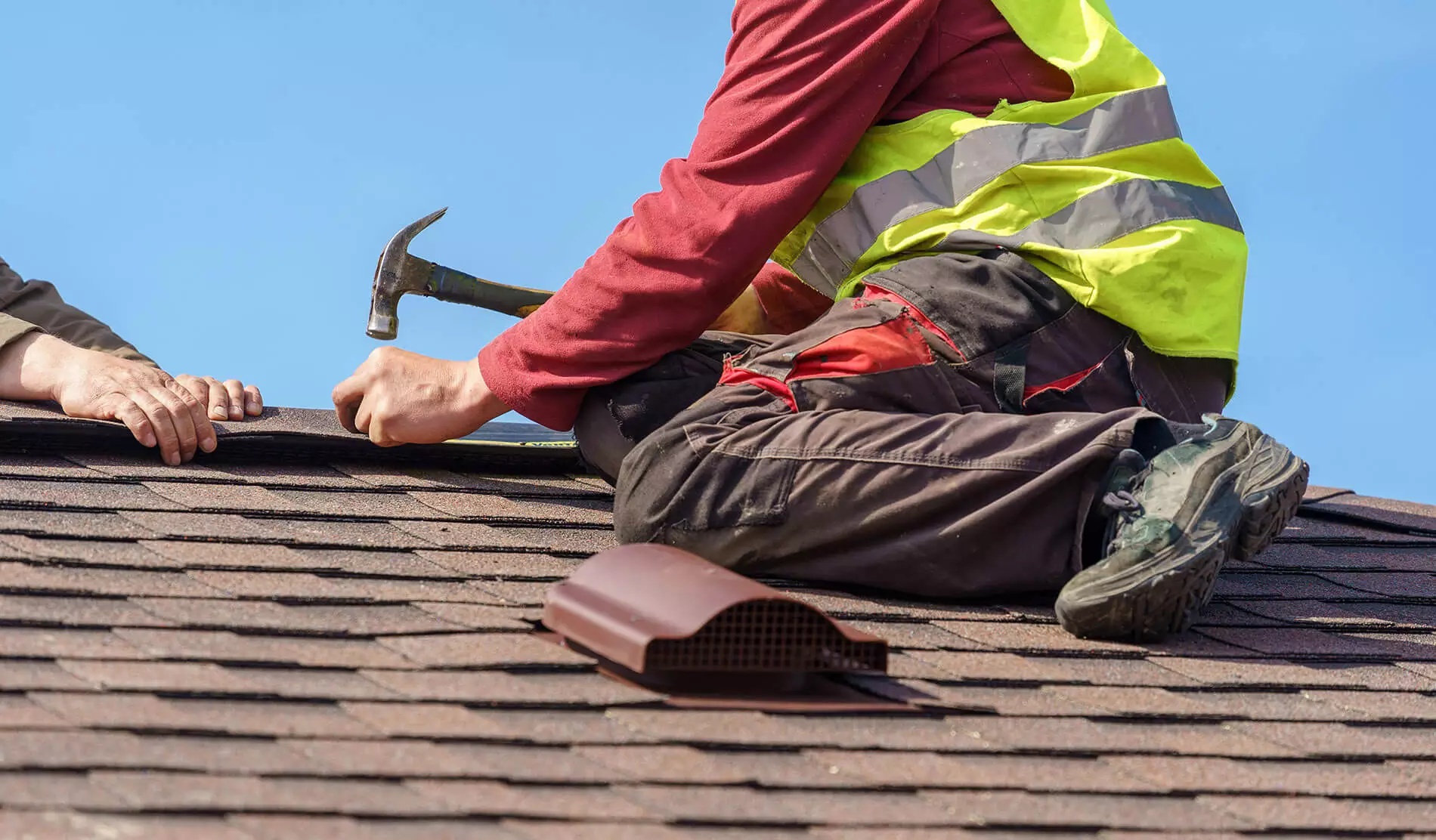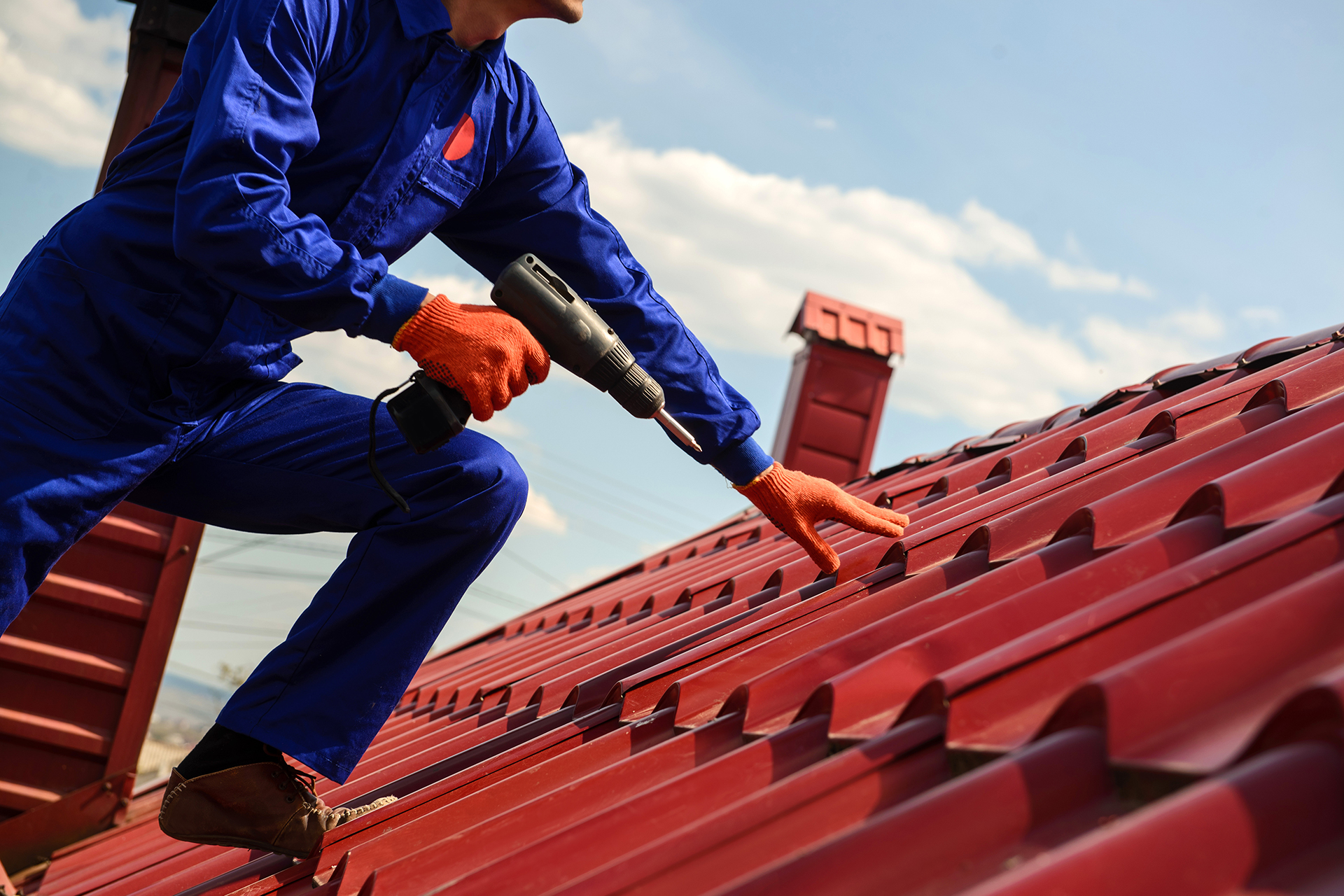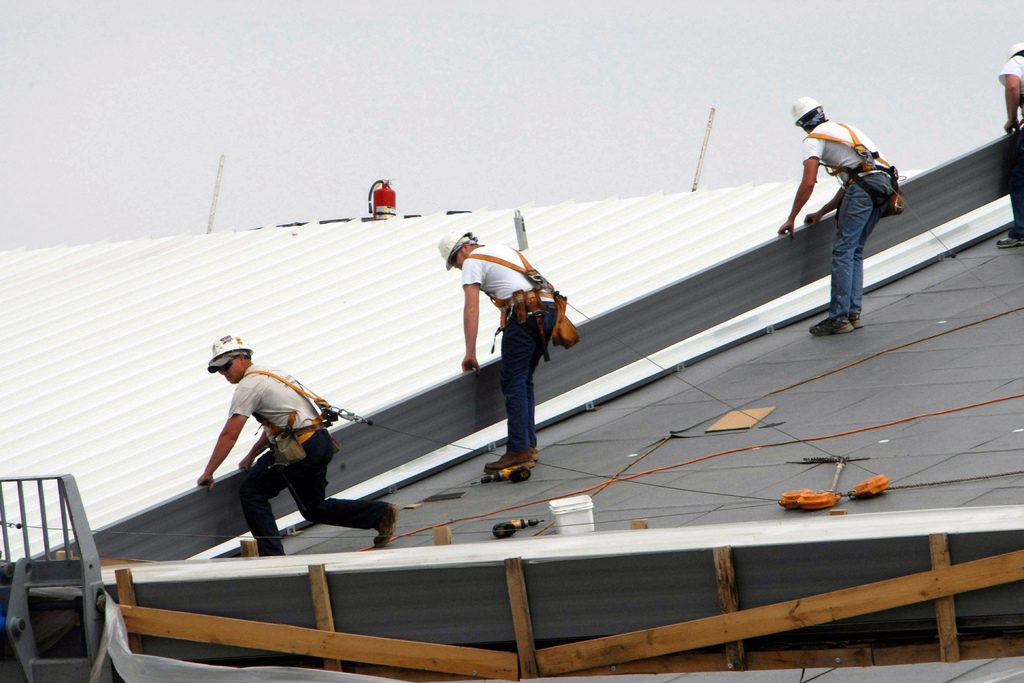Exactly How to Examine Various Roof Alternatives for Your Structure Demands
Evaluating roof choices for your building needs a thorough approach that thinks about various variables such as the planned usage of the framework, neighborhood climate conditions, and material qualities. It is necessary to weigh the benefits and drawbacks of different roofing types, from asphalt tiles to metal and clay floor tiles, while likewise factoring in preliminary prices and lasting upkeep. Furthermore, recognizing power effectiveness and aesthetic charm can affect your choice. As you ponder these considerations, one question remains: which variables will eventually direct your choice for a sustainable and visually pleasing roof covering service?
Evaluating Your Structure's Demands
To successfully evaluate roof alternatives, start by extensively assessing your building's needs. Start by taking into consideration the structure's meant use, as various structures may require differing roofing specifications. Domestic roofs commonly focus on aesthetic appeals and insulation, while industrial structures might concentrate on resilience and load-bearing capability.
Next, evaluate the regional environment problems that will impact roof efficiency. Elements such as temperature fluctuations, rainfall levels, and wind patterns can influence product selection and design. A roof that excels in a pleasant environment may not perform too in areas vulnerable to heavy snowfall or extreme heat.
In addition, evaluate the architectural integrity of your structure. Guarantee that the existing framework can sustain the chosen roof covering materials, especially if considering much heavier alternatives. It is likewise essential to examine any kind of regional building codes or laws that may determine specific needs for roof.

Comparing Roof Covering Products
As soon as a comprehensive assessment of your building's demands has been finished, the next action entails contrasting different roofing materials. Each material offers unique benefits and disadvantages, making it important to align your selection with your certain demands and conditions.
Asphalt roof shingles are commonly acknowledged for their cost and ease of installation, making them a popular choice for domestic buildings. On the other hand, metal roofing, recognized for its toughness and long life, can stand up to severe weather but might include a greater first financial investment.
Clay and concrete ceramic tiles provide superb thermal insulation and visual charm, particularly for Mediterranean-style style, yet they need a more durable structural support due to their weight. Wood drinks offer an all-natural look and good insulation buildings however might demand more maintenance and are susceptible to fire threats.
Reviewing Price and Budget Plan
Assessing your roof choices requires a cautious analysis of expense and budget considerations. The general budget for a roof job consists of a number of aspects, including product costs, labor expenses, upkeep, and possible long-lasting financial savings. It is necessary to establish a clear budget prior to exploring particular roof covering materials, as this will lead the decision-making process and help you prevent overspending.
Begin by getting quotes from multiple specialists to recognize labor expenses in your region. Make sure that these price quotes consist of all needed solutions, such as elimination of the old roofing system, installment, and any kind of added functions, like insulation or ventilation improvements - Roofing Contractor. Next off, analyze the cost of various roof materials, taking right into account both preliminary setup expenses and expected life expectancy

Comprehending Energy Performance
Power efficiency plays a critical role in the option of roof covering products and systems, considerably impacting both power usage and overall comfort within a building. An appropriate roof covering can improve thermal performance, lowering the need for home heating and cooling systems, which in turn lowers power bills and minimizes ecological effect.
When reviewing roof covering options, consider you can try these out materials that reflect rather than absorb warmth. Light-colored or reflective roofing items can significantly lower roof surface temperature levels, causing lower power usage throughout hot months. Furthermore, appropriate insulation and ventilation are vital to maximize the energy effectiveness of the entire roof. Insulation avoids warm transfer, while ventilation mitigates warmth build-up in the attic room area.
Another vital aspect is the roof covering system's durability and maintenance demands. Sturdy materials that call for less frequent substitute add to long-lasting energy financial savings. The energy effectiveness of a roofing system can additionally be examined via its conformity with recognized sustainability scores such as ENERGY CELEBRITY or LEED.
Taking Into Consideration Aesthetic Allure
A roofing system's visual allure significantly affects the general look of a structure, matching its architectural style and improving aesthetic charm. Perrysburg Roofer. When examining roof options, it is important to think about exactly how the picked product, color, and layout will integrate with the existing structure and community. A well-designed roof covering can raise also the simplest of buildings, changing them right into aesthetic centerpieces
Different roof covering materials use various aesthetic high qualities. Traditional roof shingles might evoke a traditional charm, while steel roof can give a contemporary, smooth appearance. In addition, the official source shade of the roof browse around this site material plays a crucial role; lighter tones can make a structure appear even more sizable, while darker tones might produce a cozier setting.
Furthermore, architectural elements, such as dormers and eaves, can boost the roofing's aesthetic influence. It is suggested to seek advice from professional developers or engineers to ensure the selected roofing alternative straightens with the general style intent. Eventually, a roofing must not just provide functional advantages however also contribute positively to the structure's visual, reflecting the proprietor's preference and the character of the surrounding setting.
Final thought
